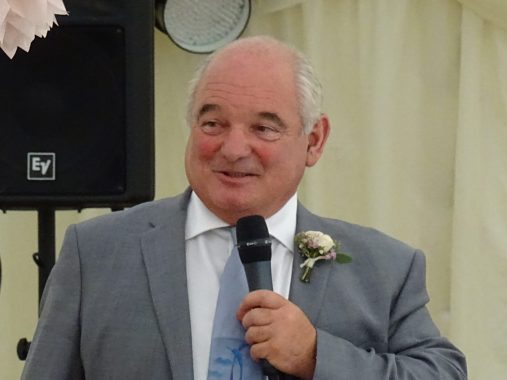I was left unsupported for 80 minutes in a life-threatening situation

While dining recently, my friend nudged me that I might be needed. A commotion was coming from a few tables away, where an elderly gentleman had collapsed onto the floor and been dragged back onto his seat by his family.
The patient was unconscious but breathing, so my first reaction was to clear the banquette that he was sat on, and check his airway, breathing and circulation whilst laying him into the recovery position and elevating his legs.
Initially, I couldn’t feel a pulse at his wrist or neck, but he soon started to regain consciousness and I could feel a thready, irregular fast pulse at his wrist.
His wife said that he’d previously had three heart attacks and was on an array of drugs. Having alerted the manager to call 999, I, as the only clinician onsite, and felt a responsibility to not leave him unattended as we waited.
The call taker also insisted on taking me through all the emergency care triage questions, before reassuring me that there would be an appropriate response.
But after 25 minutes of no action, I made a further 999 call, reiteraring my concern that this could be an MI in a patient who already had a history of three.
I was again taken through the triage questions I’d already answered, and the call taker couldn’t tell me if a paramedic was on their way. Insisting to speak to a manager, I was eventually told that a clinical practitioner would be in contact. This was followed by a further attempt to repeat the questions, and only after my adamance that the patient needed extremely urgent attention did I receive confirmation that an ambulance had been dispatched.
The irony of the DGH being only two miles away and that there was a shortage of ambulances seems to have been lost
All in all, there was a one hour and twenty minute delay separating the first 999 call and arrival of an ambulance. In the meantime, I’d been left in charge of a life-threatening situation unsupported, equipped only with a set of cutlery, drinking straw and my fingertips.
At one stage, I was informed of a shortage of ambulances and personnel able to attend, even though we were within two miles of the nearest district general hospital (DGH).
Despite doing my best to reassure the patient and his relatives throughout, this was a highly distressing scenario all round.
It was extraordinary that the details of the first triage weren’t registered by the second two responders, and that my initial concern that this was an MI carried no weight, as it seemed to not be included in the NHS Pathways protocols.
Later and with the patient’s permission, I subsequently raised my concerns with the South Central Ambulance Service NHS Foundation Trust, who stated that the first two calls were marked as category three – the urgent call status for incidents not considered life-threatening.
Only after I spoke to a clinician was this case upgraded to a category two – a condition requiring urgent on-scene intervention, and/or urgent transport, such as a probable heart attack, and they felt that they’d responded correctly, according to the national ambulance response standards determined by NHS England.
According to the patient’s relatives, the ambulance was at the restaurant for 45 minutes, and he was subsequently allowed home. The irony of the DGH being only two miles away and that there was a shortage of ambulances available seems to have been lost.
I felt unable to accept the explanation offered; that there was something clearly wrong with the urgent ambulances supply; and that the protocols should be revisited. The patient’s family also complained, while I conveyed it to the senior patient experience office, who replied that this is now an official complaint and I should hear the outcome imminently.
Dr Mark Ironmonger is a GP partner in West Kent









